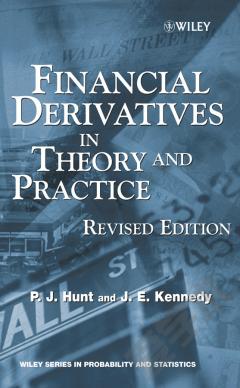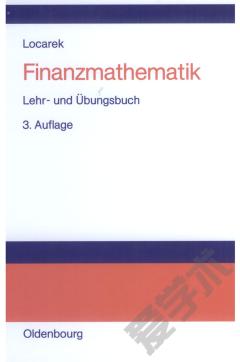Handbook Of Energy Finance: Theories, Practices And Simulations
Modeling the dynamics of energy markets has become a challenging task. The intensification of their financialization since 2004 had made them more complex but also more integrated with other tradable asset classes. More importantly, their large and frequent fluctuations in terms of both prices and volatility, particularly in the aftermath of the global financial crisis 2008-2009, posit difficulties for modeling and forecasting energy price behavior and are primary sources of concerns for macroeconomic stability and general economic performance.This handbook aims to advance the debate on the theories and practices of quantitative energy finance while shedding light on innovative results and technical methods applied to energy markets. Its primary focus is on the recent development and applications of mathematical and quantitative approaches for a better understanding of the stochastic processes that drive energy market movements. The handbook is designed for not only graduate students and researchers but also practitioners and policymakers.
{{comment.content}}








 京公网安备 11010802027623号
京公网安备 11010802027623号